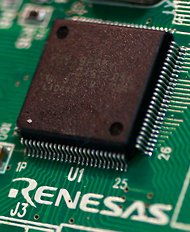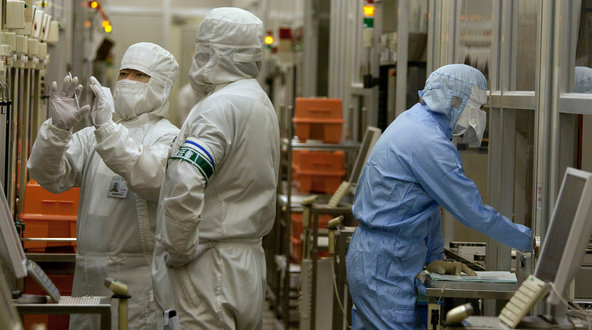For almost four decades now, a late-night NBC show has begun with the words, “Live from New York, it’s Saturday night.” Beginning late Thursday night — early Friday morning, to be technical — another late-night NBC show will revisit a popular concept from long-ago television, live commercials.
In a deal with the Lexus division of Toyota Motor, NBCUniversal, part of Comcast, will run live commercials for the next four weeks during the Thursday night episodes of “Late Night With Jimmy Fallon.” The commercials will be produced in real time, with the aid of social media, as viewers suggest ideas for the spots that will be performed by improvisational comedy troupes.
The deal, for undisclosed financial terms, is being called “It’s Your Move After Dark,” and will be promoted by NBC on late-night programs Wednesday night.
The deal is emblematic of the efforts that media companies and marketers are making to keep consumers from zipping through, zapping or avoiding traditional peddling tactics like commercials. The idea of live spots, created in real time through viewer suggestions in social media, sounds like something that will pique the curiosity of viewers of late-night TV, particularly younger men and women.
Here is how the deal is supposed to work. During an early commercial break in the “Late Night” episode, viewers will be asked to propose ad concepts through social media platforms like Facebook, Tumblr and Twitter, using the hashtag #LexusIS. (The live spots are intended to help Lexus introduce the 2014 IS model.)
Then, during the last commercial break of the episode, members of one of four improv troupes — Fun Young Guys, Magnet Theater Touring Company, MB’s Dream and Stone Cold Fox — will perform a spot based on or inspired by the audience’s submissions. The performances will come from under the Brooklyn Bridge rather than the NBC studios in Rockefeller Center.
NBCUniversal executives say there will be two commercials created during each of the next four Thursday nights/Friday mornings, one when the episode of “Late Night” appears in the Eastern time zone and one when the episode is shown in the Western time zone. The actual episodes will be taped, as “Late Night” typically is; the spots will be live islands in a sea of taped television.
Live commercials were once mainstays of TV, especially during NBC programs like “Today” and “Tonight.” Marketers like Polaroid and Timex took advantage of the spots unfolding in real time to offer viewers dramatic demonstrations of photographs developing “instantly” or how a watch could take a licking and keep on ticking.
In one vintage Polaroid spot, the NBC variety show host Perry Como seems to anticipate by decades the arms-out gesture of cellphone camera users when he simulates taking a photograph of himself — a “selfie” — with the actor Don Ameche, the Polaroid spokesman.

Article source: http://www.nytimes.com/2013/09/19/business/media/live-commercials-coming-to-late-night.html?partner=rss&emc=rss

